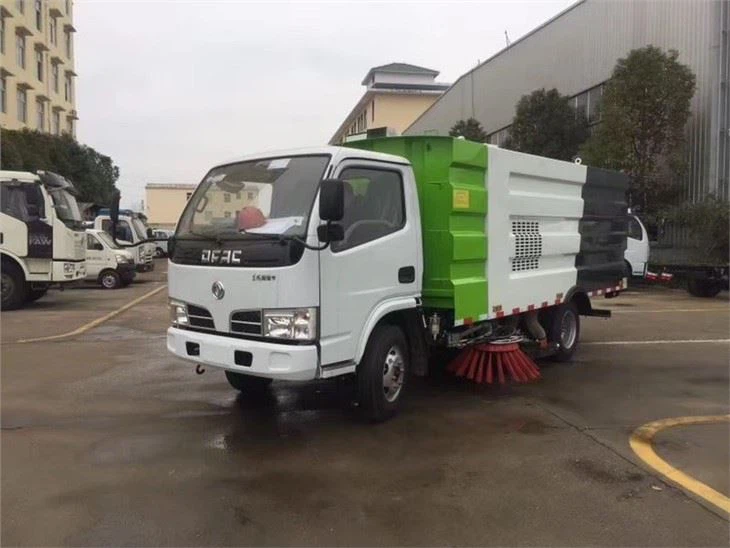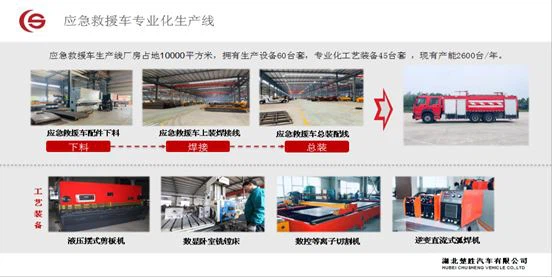The Ultimate Guide to Rear Trucks: Understanding, Choosing, and Maintaining

When it comes to enhancing the driving experience of your vehicle, the rear truck plays a vital role. This comprehensive guide delves deep into the world of rear trucks, exploring their functionality, types, maintenance tips, and practical advice for choosing the right one for your needs. Whether you are a truck enthusiast or a casual driver, understanding rear trucks will help you make informed decisions for your vehicle.
Table of Contents
- What Is a Rear Truck?
- Types of Rear Trucks
- Importance of Rear Trucks
- How to Choose a Rear Truck
- Installation and Maintenance
- Common Issues and Solutions
- Tips for Rear Truck Care
- Practical Examples
- Frequently Asked Questions
What Is a Rear Truck?
A rear truck is a pivotal component of the vehicle’s suspension system located at the back end. It supports the weight of the vehicle and helps absorb shock from the road, ensuring a smooth and enjoyable ride. Rear trucks come in various forms, including leaf springs, coil springs, and air suspension systems, tailored for different truck models and weight distributions.
Types of Rear Trucks
There are several types of rear truck systems, each designed for specific purposes. Here’s a quick overview:
Leaf Spring Rear Trucks
Leaf springs are the most traditional form of rear suspension. They consist of several layers of steel that help distribute the load and provide flex when needed. These are commonly found in pickup trucks and vans due to their durability.
Coil Spring Rear Trucks
Coil springs are another common type of rear suspension. They offer a smoother ride compared to leaf springs by compressing and extending more easily. Coil spring systems are often seen in SUVs and cars, benefitting rides needing less heavy-duty robust support.
Air Suspension Systems
Air suspension systems use compressed air to adjust the load-bearing capacity of the truck. This type is popular in luxury trucks and those used for heavy hauling because it can improve comfort and stability under varying loads.
Multi-Link Rear Trucks
Multi-link systems use several arms to separate the wheels from the vehicle chassis effectively. They provide enhanced flexibility and performance, making them ideal for off-road vehicles.
Comparative Table of Rear Truck Types
| Type | Advantages | Disadvantages |
|---|---|---|
| Leaf Spring | Durability and load capacity | Stiffer ride quality |
| Coil Spring | Smoother ride quality | Less load capacity |
| Air Suspension | Adjustable load capacity and improved comfort | Higher cost and potential for air leaks |
| Multi-Link | Superior handling and comfort | More complex and costly to repair |
Importance of Rear Trucks
Understanding the importance of rear trucks is essential for any vehicle owner. Here are some key points regarding their significance:
Weight Distribution
Rear trucks play a crucial role in weight distribution, which affects the handling and stability of the vehicle. Properly functioning rear suspension systems can prevent excessive wear on tires and other vehicle components.
Ride Comfort
They significantly improve ride comfort by absorbing shocks from road irregularities. A well-maintained rear truck can lead to a smoother, safer driving experience.

Load Bearing Capacity
The structural design of the rear truck directly impacts the load-bearing capacity of the vehicle, making it crucial for those who regularly transport heavy loads.
How to Choose a Rear Truck
Choosing the right rear truck involves several considerations:
Vehicle Type
Your vehicle type significantly influences the kind of rear truck you select. Properties like weight, intended usage, and whether you need a smooth ride or rugged performance should guide your choice.
Driving Conditions
Consider your typical driving conditions. If you often drive on rough terrain, opt for a more robust rear truck system. Conversely, if you’re mainly on smooth roads, prioritize comfort.
Load Requirements
Determine the weight you typically carry. Trucks used for heavy towing will require heavier-duty systems, while light-duty tasks can benefit from lighter, more comfortable options.
Budget
Finally, your budget will be a deciding factor. Air suspensions and multi-link systems tend to be pricier but offer better performance and adjustability compared to conventional systems.
Installation and Maintenance
Installation and maintenance of rear trucks are crucial for ensuring longevity and functionality:
Installation
Installing a rear truck can be done at home for those knowledgeable about automotive mechanics; otherwise, it is best to have it done by professionals to ensure safety and effectiveness. Key steps include:
- Gather necessary tools and replacement parts.
- Lift the vehicle and secure it with jack stands.
- Remove old rear suspension components carefully.
- Install the new component and ensure all fasteners are tightened.
Regular Maintenance
Maintaining rear trucks involves regular inspections, including:
- Checking for signs of wear and tear.
- Inspecting bushings and joints for cracking or degradation.
- Ensure proper alignment.
Common Issues and Solutions
During the lifespan of a rear truck, several common issues can arise, including:
Excessive Wear
Wear is common due to the stress placed on the rear suspension. If you notice changes in ride quality, this may signal needed repairs.
Solution: Regular inspections and replacing damaged components immediately will prolong the lifespan of your truck.
Noise and Vibration
Unexplained noises or vibrations during driving may indicate worn-out parts or loose fasteners.

Solution: Inspect all components and replace any that are damaged or worn out.
Instability
If your truck feels unstable or you notice uneven tire wear, it may be a sign of misalignment.
Solution: Ensure proper alignment by visiting a professional mechanic.
Tips for Rear Truck Care
Proper care can significantly extend the functional life of your rear truck:
Regular Wash and Wax
Keep the vehicle clean, especially protecting components from rust and corrosion.
Monitor Load Capacity
Always respect specified load limits. Overloading can lead to rapid wear and system failure.

Seasonal Inspections
Conduct thorough inspections before and after extreme weather conditions to ensure optimal performance.
Practical Examples
Here are a few examples of different scenarios:
Scenario 1: Off-Roading
Your truck is used for off-roading adventures. Opt for a multi-link rear truck to provide enhanced wheel articulation and handling. Regularly check for damage after each trip.
Scenario 2: Heavy Towing
If your truck needs to tow a trailer, consider an air suspension system. It will help balance the vehicle under heavy loads while maintaining a smooth ride.
Scenario 3: Daily Commute
For daily commuting, a coil spring system is often more comfortable, delivering a better ride quality while handling typical urban road conditions.
Frequently Asked Questions
What is the lifespan of a rear truck?
The lifespan can vary significantly based on several factors, including the type of truck, usage, and maintenance. Generally, they can last anywhere from 50,000 to 100,000 miles with proper care.
Can I replace a rear truck on my own?
If you have mechanical experience and the proper tools, you can replace a rear truck. However, if unsure, hiring a professional is advised to ensure safety and correctness.
How often should I inspect my rear truck?
It’s advisable to inspect your rear truck every 5,000 to 10,000 miles, particularly if you frequently drive on rough roads or carry heavy loads.
What are the signs of a failing rear truck?
Signs may include poor ride quality, abnormal noises, and uneven tire wear. If you experience any of these symptoms, it’s essential to have your truck checked.
Is there a budget-friendly option for rear trucks?
Leaf springs are generally more affordable and easier to maintain compared to more complex systems such as air suspension.
Should I upgrade my rear truck?
If you frequently find your truck struggling to handle loads or providing an uncomfortable ride, upgrading to a more robust or specialized rear truck system can greatly enhance performance and comfort.
